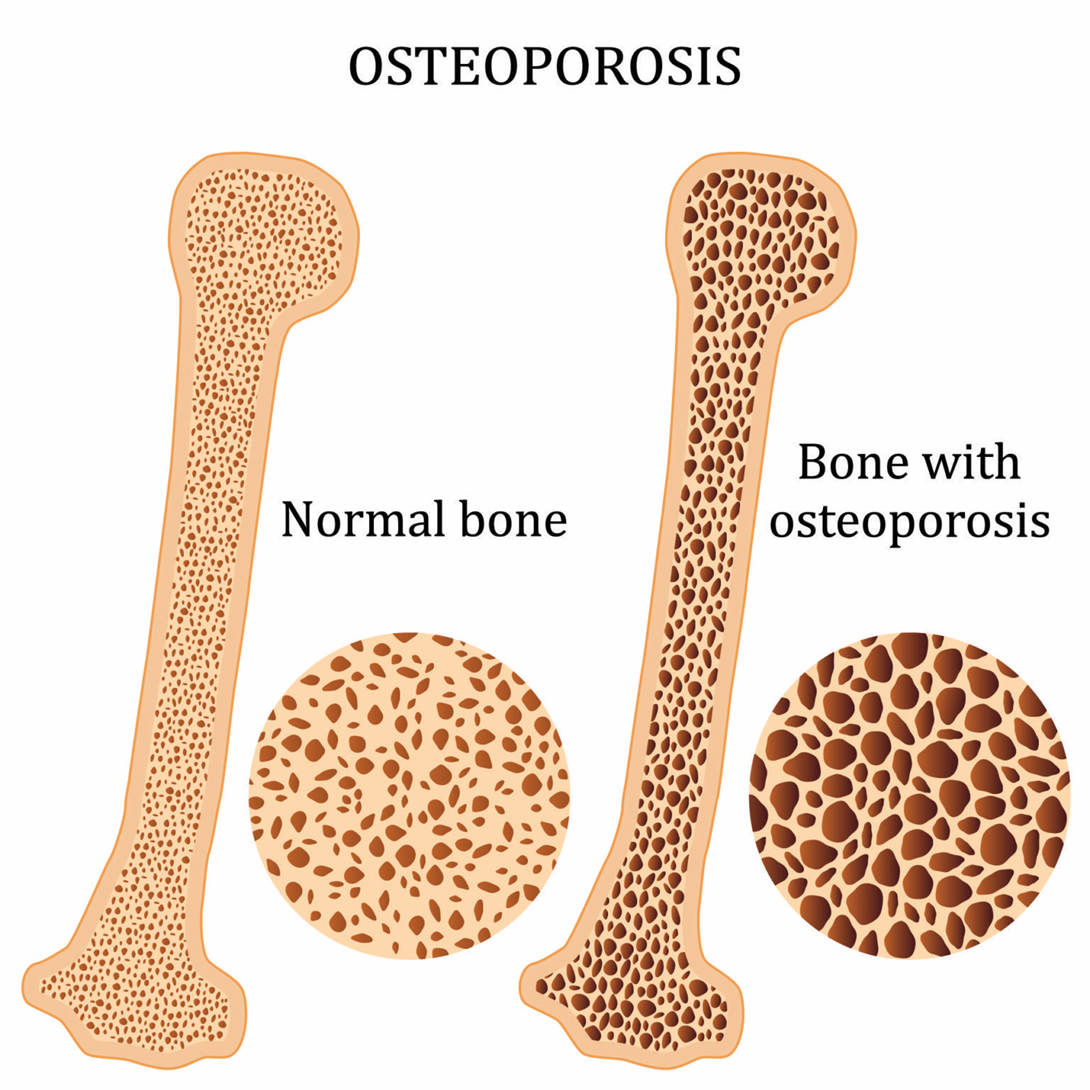A nurse is caring for a client who recently had surgery for the insertion of a permanent pacemaker. Which of the following prescriptions should the nurse clarify?
Physical therapy
Serum cardiac enzyme levels
MRI of the chest
Low sodium diet
The Correct Answer is C
Choice A reason: Physical therapy may be prescribed postoperatively to aid in recovery, but it does not directly interfere with the function of a pacemaker.
Choice B reason: Checking serum cardiac enzyme levels is a common practice after heart surgery to assess for any damage to the heart muscle, which would not typically require clarification in the context of pacemaker insertion.
Choice C reason: An MRI of the chest should be clarified with the healthcare provider because MRI can interfere with pacemaker function. Patients with pacemakers are generally advised to avoid MRI unless the pacemaker is Incompatible, due to the risk of the magnetic field affecting the device's operation.
Choice D reason: A low sodium diet may be recommended for patients with heart conditions to manage blood pressure and fluid retention, but it is not directly related to the care of a pacemaker.
Nursing Test Bank
Naxlex Comprehensive Predictor Exams
Related Questions
Correct Answer is C
Explanation
Choice A reason: Decreased blood pressure can be a sign of many conditions, including gastrointestinal perforation, but it is not specific and can occur in various other medical situations.
Choice B reason: Hyperactive bowel sounds are generally not associated with gastrointestinal perforation. They can occur in conditions like gastroenteritis or early bowel obstruction.
Choice C reason: Sudden abdominal pain, especially in the upper abdomen, can be a sign of gastrointestinal perforation. This pain is often severe and can be accompanied by signs of peritonitis.
Choice D reason: Tachycardia, or rapid heart rate, may occur as a compensatory mechanism in response to internal bleeding or infection, which can be secondary to gastrointestinal perforation.
Correct Answer is A
Explanation
Choice A reason: Weight bearing exercises, such as walking, jogging, and dancing, are beneficial for building and maintaining bone density. These activities force the body to work against gravity, stimulating bone formation and slowing bone loss.
Choice B reason: While bone density scans are useful for diagnosing osteoporosis, they are not typically used as a preventive measure but rather as a diagnostic tool to assess bone health.
Choice C reason: Drinking coffee in moderation is not directly related to preventing osteoporosis. Excessive caffeine intake can interfere with calcium absorption, but a single cup is unlikely to have a significant impact.
Choice D reason: Increasing sodium intake is not recommended as it can lead to calcium loss through urine, which is counterproductive for bone health.

Whether you are a student looking to ace your exams or a practicing nurse seeking to enhance your expertise , our nursing education contents will empower you with the confidence and competence to make a difference in the lives of patients and become a respected leader in the healthcare field.
Visit Naxlex, invest in your future and unlock endless possibilities with our unparalleled nursing education contents today
Report Wrong Answer on the Current Question
Do you disagree with the answer? If yes, what is your expected answer? Explain.
Kindly be descriptive with the issue you are facing.
